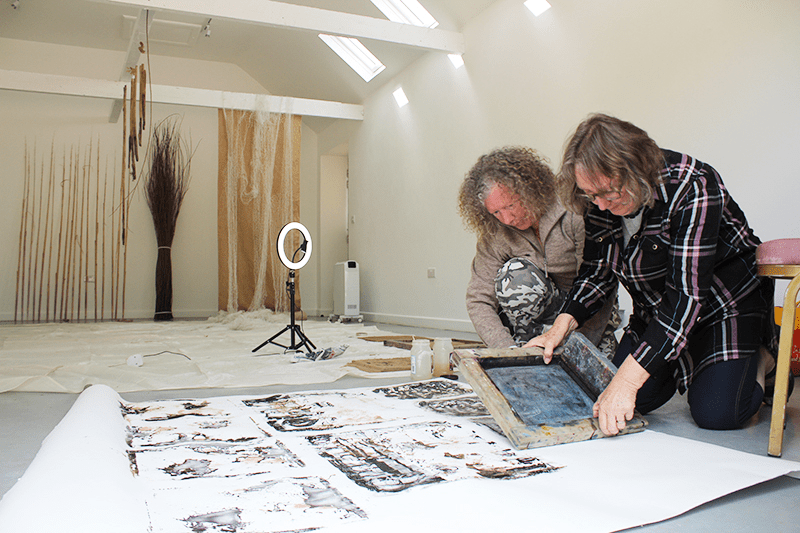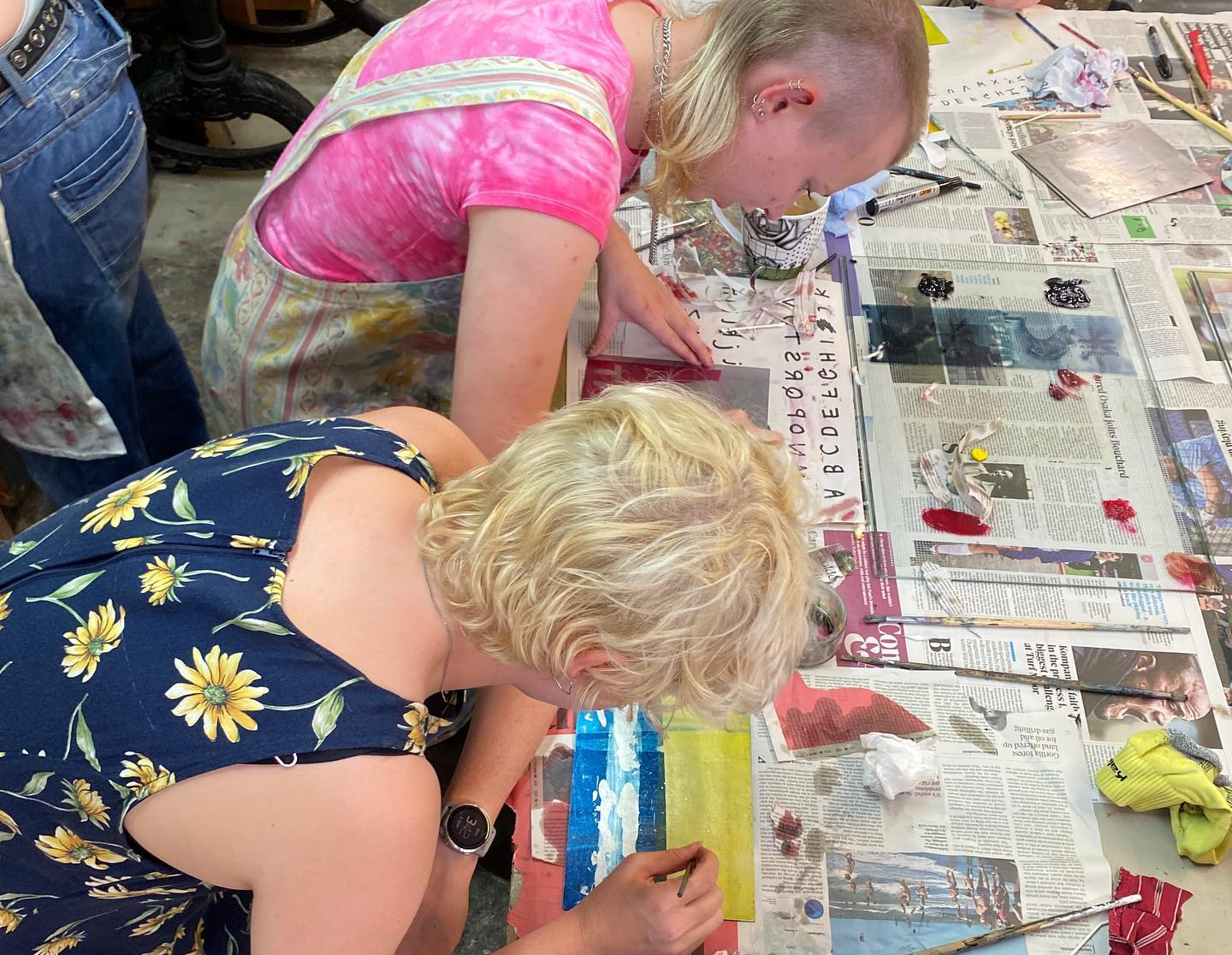FEATURE
Linocut
In this relief printing process, an image is carved or etched into a sheet of linoleum. Ink is applied to the lino using a roller; the cut-away areas do not pick up ink. Paper is placed down onto the image and either printed on a press or printed by hand.
TECHNIQUE
Linocut
In this relief printing process, an image is carved or etched into a sheet of linoleum. Ink is applied to the lino using a roller; the cut-away areas do not pick up ink. Paper is placed down onto the image and either printed on a press or printed by hand.
In this relief printing process, an image is carved or etched into a sheet of linoleum. Ink is applied to the lino using a roller; the cut-away areas do not pick up ink. Paper is placed down onto the image and either printed on a press or printed by hand.
More printmaking techniques
Lithography
An image is painted, drawn or stencilled onto a slab of limestone or a metal plate (often aluminium) with oily materials, including greasy crayons and pencils, special ink called tusche, and photochemical transfers.
Etching
Etching was originally invented as a method for adding decoration to armour during the Middle Ages. Artists began to use metal plates for printing in the 15th century, when Albrecht Durer made work on iron plates. Later artists such as Andrea Mantegna in Italy and Rembrandt in Holland went on to make etchings on copper.
More Features
All featuresArtist talk: Helen Breach
In this video presentation, Helen talks about the different ways in which she explores the world around her through drawing, painting and printmaking, including looking at dancers in rehearsal, the natural environment and portraiture.
New name, new website
When we set up SLAUGHTERHAUS Print Studio in 2010, we named it after the building. Redesigning our website in 2024 was also the perfect time to launch our new name, HAUSPRINT.





